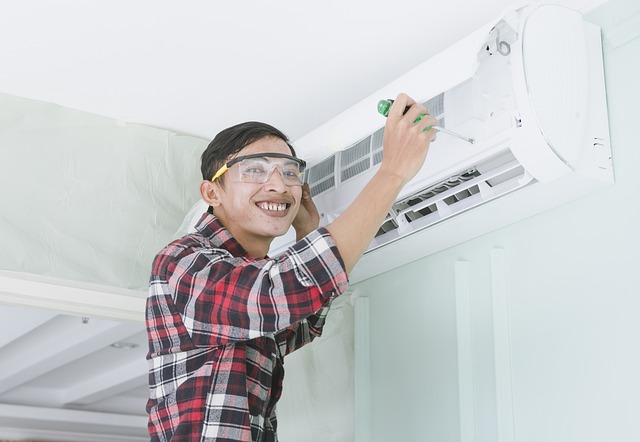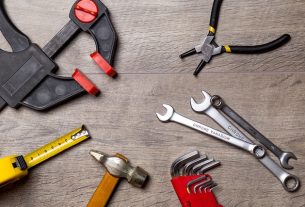Homeowners often overlook window replacement in their repair and maintenance routines, but it's crucial. Degraded windows lead to higher energy bills, discomfort, and noise pollution. Upgrading to modern, efficient windows is a strategic investment, enhancing curb appeal, property value, and livability. The installation process involves precise measuring, removing old windows, preparing openings, inserting new ones, sealing with weatherstripping, caulk, and installing hardware. Choosing the right windows, focusing on durability, aesthetics, cost, upkeep, insulation, and energy efficiency (double or triple glazing, high-quality seals, low-emissivity coatings), aligns with home repair and maintenance strategies for comfort, security, and lower energy bills.
Windows play a vital role in your home’s comfort and security. If you’re considering window replacement as part of your home repair and maintenance routine, this guide is for you! We’ll walk through the process from understanding why to replace your windows, to choosing the right materials and styles, and finally, a step-by-step installation guide for a seamless fit. By the end, you’ll be equipped with knowledge to enhance your home’s energy efficiency.
- Understanding Window Replacement: Why and When to Replace Your Windows
- The Process of Window Installation: Step-by-Step Guide for a Seamless Fit
- Choosing the Right Windows: Materials, Styles, and Energy Efficiency Considerations
Understanding Window Replacement: Why and When to Replace Your Windows
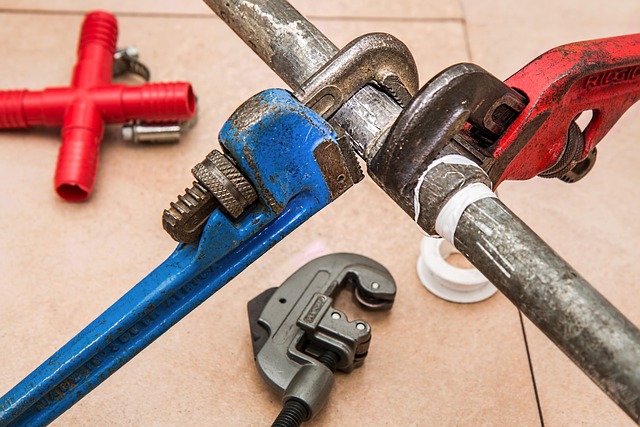
Many homeowners often overlook window replacement as a necessary part of home repair and maintenance, but it can significantly impact energy efficiency and indoor comfort. Over time, windows can become damaged, warped, or drafty, leading to increased heating and cooling costs. Old or inefficient windows can also contribute to noise pollution from the outside, affecting the overall livability of your space.
Replacing windows is a wise investment for any homeowner. It not only enhances the curb appeal and value of your property but also provides long-term benefits. Modern window options are designed to be energy-efficient, blocking heat gain in summer and retaining warmth in winter. They also improve indoor air quality by reducing drafts and preventing the entry of pollutants and allergens. Whether it’s due to aging windows or a desire for better insulation, timely replacement can save money on utilities and ensure your home remains a comfortable and healthy living space.
The Process of Window Installation: Step-by-Step Guide for a Seamless Fit
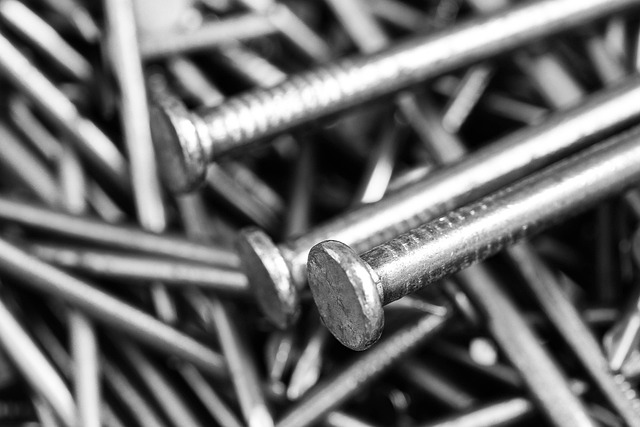
The process of window installation involves several key steps to ensure a seamless fit, enhancing both functionality and energy efficiency in your home. It begins with careful measurement to get the exact dimensions of the opening. This precision is crucial for the right fit, ensuring airtightness and preventing drafts. Once measured, the old window is removed, taking care not to damage the framing. This step requires a combination of tools and techniques, depending on the type of window and its surroundings.
After preparation, the new window is inserted into the opening. It’s essential to ensure proper alignment for level and plumb, which guarantees an even, secure fit. The window is then sealed with weatherstripping and caulk to block drafts and prevent water intrusion. This sealing step is a critical aspect of home repair and maintenance, as it ensures comfort and prevents damage from harsh weather conditions. Finally, hardware like hinges and locks are installed, completing the process and providing a secure, efficient window for years to come.
Choosing the Right Windows: Materials, Styles, and Energy Efficiency Considerations
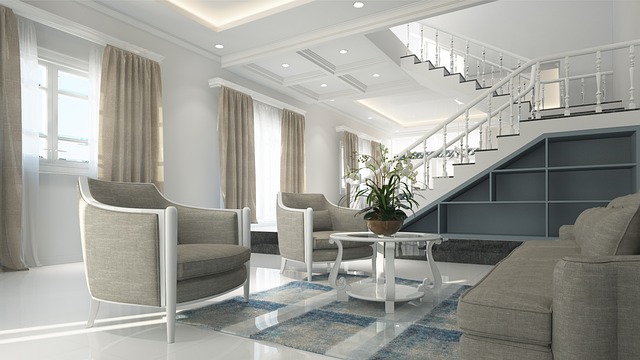
When considering window replacement as part of your home repair and maintenance routine, choosing the right windows is paramount. The first step involves selecting materials that align with your needs and preferences while offering durability. Common options include vinyl, wood, and fiberglass, each boasting unique advantages. Vinyl windows are cost-effective and low-maintenance, ideal for those seeking an easy-to-care-for solution. Wood offers natural beauty and excellent insulation but requires more upkeep to prevent rot or decay. Fiberglass combines strength and energy efficiency, making it a versatile choice.
Beyond materials, consider window styles that complement your home’s architecture and enhance functionality. Casement, double-hung, and sliding windows offer different vantages in terms of ventilation and aesthetic appeal. Energy efficiency is another crucial factor, with double or triple glazing significantly improving insulation, reducing heat loss, and lowering energy bills. Look for windows with high-quality seals and low-emissivity coatings to maximize their energy-saving capabilities as part of your home repair and maintenance strategy.
When considering window replacement and installation as part of your home repair and maintenance regimen, it’s clear that the benefits—from enhanced energy efficiency to improved comfort and security—outweigh the costs. By understanding the why and when, following a meticulous installation process, and making informed choices regarding materials and styles, you can ensure a seamless, beneficial transformation for your living space. This guide has provided the knowledge needed to navigate this project successfully, allowing you to embark on a journey towards a more comfortable, efficient, and aesthetically pleasing home.
